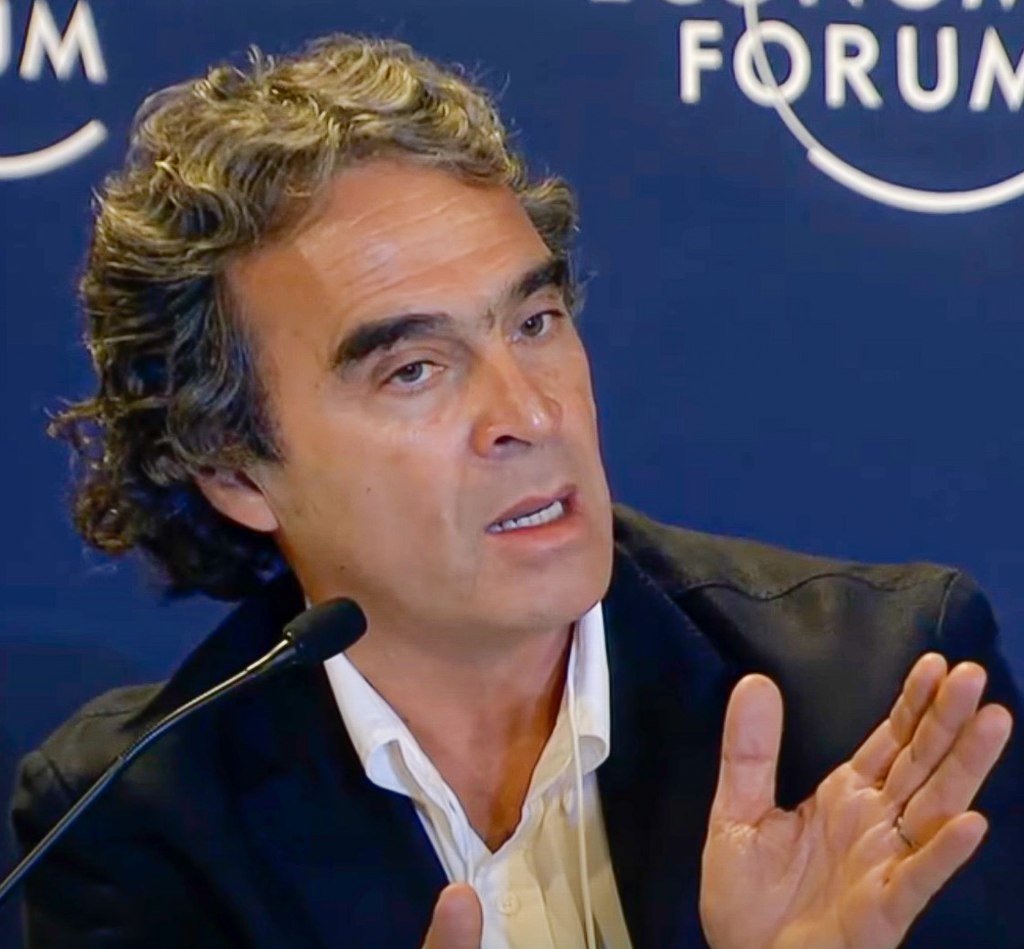 Juan David Piedrahíta Cardona gives his perspective on the next steps for the economy
Juan David Piedrahíta Cardona gives his perspective on the next steps for the economy
“Over the past eight years, on average the industrial sector has grown only 0.6%, while the overall economy has grown at a rate of 4.2%.” Juan Camilo Restrepo, former minister of Finance and Agriculture commented. Industry, previously forgotten for more than a decade, has now become the government’s focus in an attempt to strengthen the economy.
At the last ANDI (National Business Association of Colombia) General Assembly in Cartagena, the Guild of Colombian Businesspeople presented their roadmap for improving global value chains in Colombia’s industry.
The book “Strategy for a new industrialisation”, delivered by the president of ANDI, Bruce Mac Master, to President Juan Manuel Santos, is a response to this historic moment. Strengthening the industrial sector, in areas such as agriculture, business sub-sectors and Business Process Outsourcing (BPO), will be fundamental for any development of Colombia’s value chains. ANDI hopes that it will inoculate the economy against next year’s projected macroeconomic turbulence.
South Korea decided to turn to industry over 50 years ago, specialising in set sub-sectors to boost select markets. They successfully turned the country into one of the highest-ranking in terms of GDP per capita in the world. Perhaps we can follow their example – although for Colombia, time is of the essence.
During the past decade, Colombia’s economy was seduced by easy returns from extraction commodities (oil, gas and mining). In 2012, more than 70% of the country’s export basket comprised commodities, at the cost of other sectors.
Colombia’s industrial boom ground to a halt during the second half of 2015 and if the country follows its current trend it will worsen in the first half of 2016, spiralling out of control unless the government adopts new measures to aid the country’s failing economy.
Powered By :








